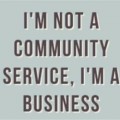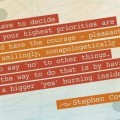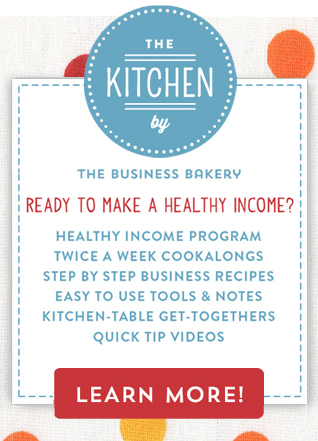#51 Pricing for wimps. Should I charge the same as my competitors
Written by Julia Bickerstaff // July 23, 2012 // Daily Juice // No comments
This article was originally posted over at Flying Solo.

Should I charge the same as my competitors?
Previously we looked at calculating our absolute minimum hourly rate
– not in order to price our work at that rate, but to ensure we don’t
go below it. It sounds obvious but scarily we often get it wrong. Now
that we know how low we can (or can’t) go, we need to get an idea of how
high we can pitch our price.
A favourite way of doing this for most soloists and small businesses
is simply to charge the same as everyone else. This has appeal because
it is quick (a few secret shopper phone calls and you’ve got your
price*) and it’s comfortable (if everyone else is doing it, then it must
be right).
But isn’t this lazy-man pricing? Shouldn’t we, as they say, be running our own race?
The answer is to do a bit of both.
I don’t think you can set prices without having some idea of what
competitors are charging. On the rare occasion that I have seen
businesses set prices with complete disregard to competitors’ pricing,
they have, funnily enough, charged less than the market rate. In each
case this turned out to be an unprofitable strategy.
Keeping an eye on competitor pricing is essential as it gives you a
useful benchmark, but that is all. Charging the same as competitors
could cause you to under- or over-charge. Why? Because your offering
isn’t the same as theirs.
Unless you are in the business of selling an indistinguishable
commodity (where price is the sole defining characteristic of your
product) then you are different to your competitors and you need to
price accordingly.
Here is how you can price with reference to your competitors:
- Identify competitors that are most like your business. This means
the businesses that sell a product similar to yours to the same (tightly
defined) customer. If you don’t have a close competitor – that’s great
news, just pick those that are closest. - Find the price of your competitor’s offering (research between three
and five competitors so that you can get a good broad range). - Clearly articulate the differences between your offering and your
competitor’s offering. What extra things do you do? What do you do less
of? What do you do more of? What are you better at? What are you weaker
at? Who has the better reputation? - Consider those differences, and determine which ones are worth
something to your customer. If you were to start your price at that of
your competitor’s, and added and subtracted your differences, should
your offering be higher or lower? Think about it in percentage terms: is
your offering two per cent higher, 20 per cent higher, or more?
This is a thought process rather than a scientific calculation, but
you’ll find it gives you a good idea of where your pricing should be.
* Finding out your competitor’s pricing is not always easy. It’s hard
to know exactly how much other businesses would quote for the work
involved in your bespoke project, but you can get an idea by finding out
how they have priced other projects. It takes a little detective work,
but it’s (ethically) possible.

Fancy getting a weekly Snack of sweet stuff for your small business? Just pop your details in below.






















